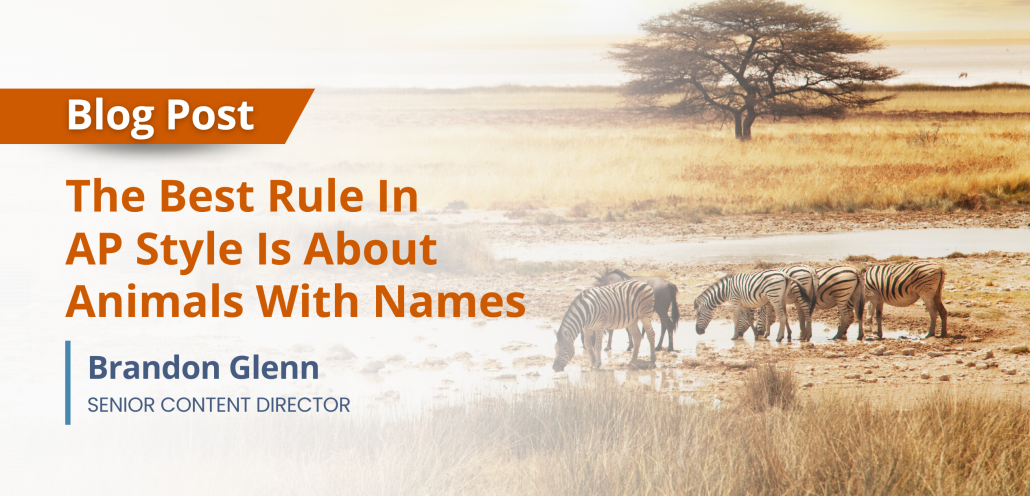As a dutiful student and practitioner of public relations, corporate communications, and journalism, I have become intimately familiar with AP style – like it or not.
For example, I know that “Wi-Fi” is for some reason capitalized at all times and hyphenated regardless of where it’s used in a sentence.
I know that the word “unique” should never be used with a qualifier. Unique means “one-of-a-kind,” so what is the difference between something that is “very” or “rather” one-of-a-kind vs. something that is simply one-of-a-kind?
I know that Oxford commas are an affront to humanity and must be relegated to the ash heap of history.
Unfortunately, I’ve spent enough time learning, studying, and practicing these rules to wish for several years of my life back. Yet there is one AP style rule I keep coming back to mentally and have never been able to get out of my head since I learned it many years ago.
Who vs. that: Who is it that actually spent time thinking about this?
The best rule in the AP style pertains to the answer to a question that few people have ever dared to ask, and even fewer could bear the weight of fully contemplating: When we are referring to animals, is the appropriate relative pronoun “who” or “that”?
In other words, which is the right choice: “The dog who chased after the car” or “the dog that chased after the car”? “The rhinoceros who is bathing in the river” or “the rhinoceros that is bathing in the river”? (Side note: If I’m interpreting AP style correctly, the question marks in the previous paragraphs should be outside the quotation marks.)
Leave it to those visionary and imaginative AP style editors to come up with an answer that sheds much-needed clarity on an issue that most of us would find too trivial to even ponder: “It depends.”
Yes, it’s true. When confronted with a monumental, mind-blowing question that would affect the course of countless lives and have far-reaching implications for the future of humanity over decades to come, the AP style editors opted to hedge by choosing an answer with a little from column A, and a little from column B.
So, here’s the rule: Animals with names should be referred to as “who,” while animals without names should be referred to as “that” or “which.”
I’m not making this up. People were actually (presumably) paid real, legitimate money to sit around discussing this pressing and contentious issue, and this is what they thought was the best outcome. Alas, how we should refer to animals that/who may or may not have names, such as a stray cat that/who once had a name and guardian but now lives anonymously on the streets, remains frustratingly unclear.
I can’t help but fantasize about being a fly on the wall for the discussions that led to the creation of this rule. I can only hope it was an intense, hours-long discussion in the glass-walled conference room of a sleek urban high rise, with advocates of both sides of the debate having prepared long and detailed slide decks that present their sides of the case in agonizing detail.
I imagine that passions became so heated and rivalries grew so fierce between the “who” side and the “that” side that a couple of the editors nearly came to violent blows as they had to be separated by shocked, fearful colleagues who had underestimated the near-religious fervor such a debate would inspire.
I have a difficult time believing that AP style has ever given us a more unnecessary and largely pointless distinction than the “who” vs. “that” named-animal-rule controversy, but I hold out hope that there are even more obscure, dumber rules to discover as I continue my lifelong AP style learning pursuit.
